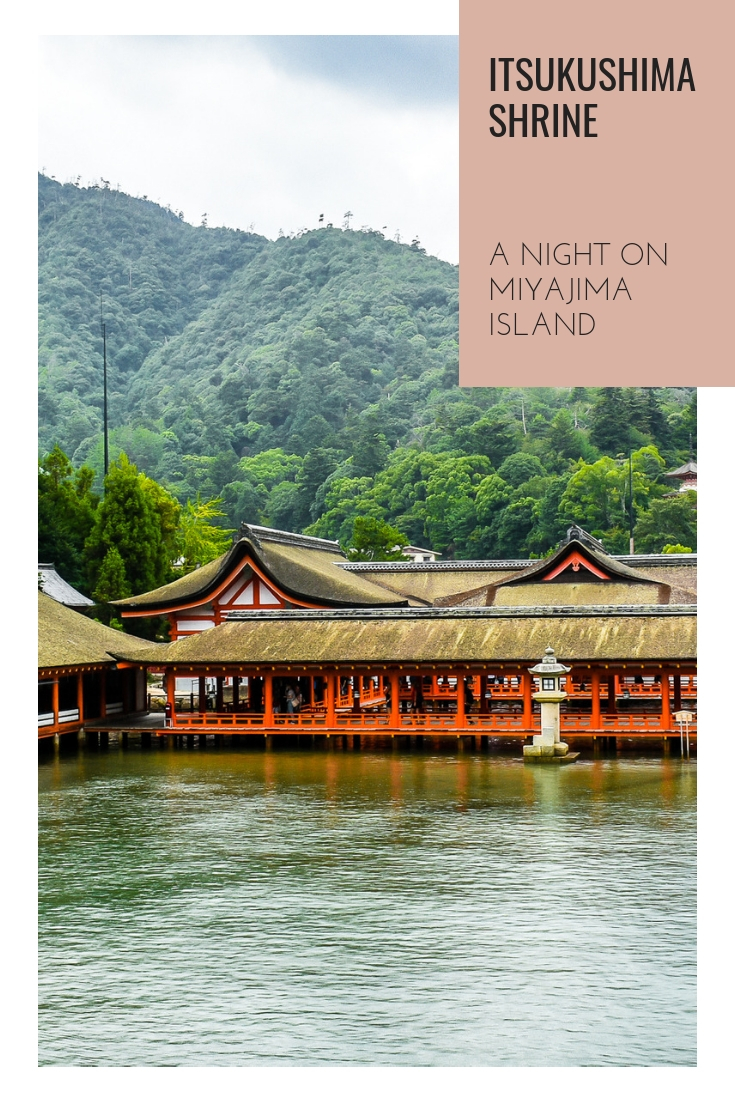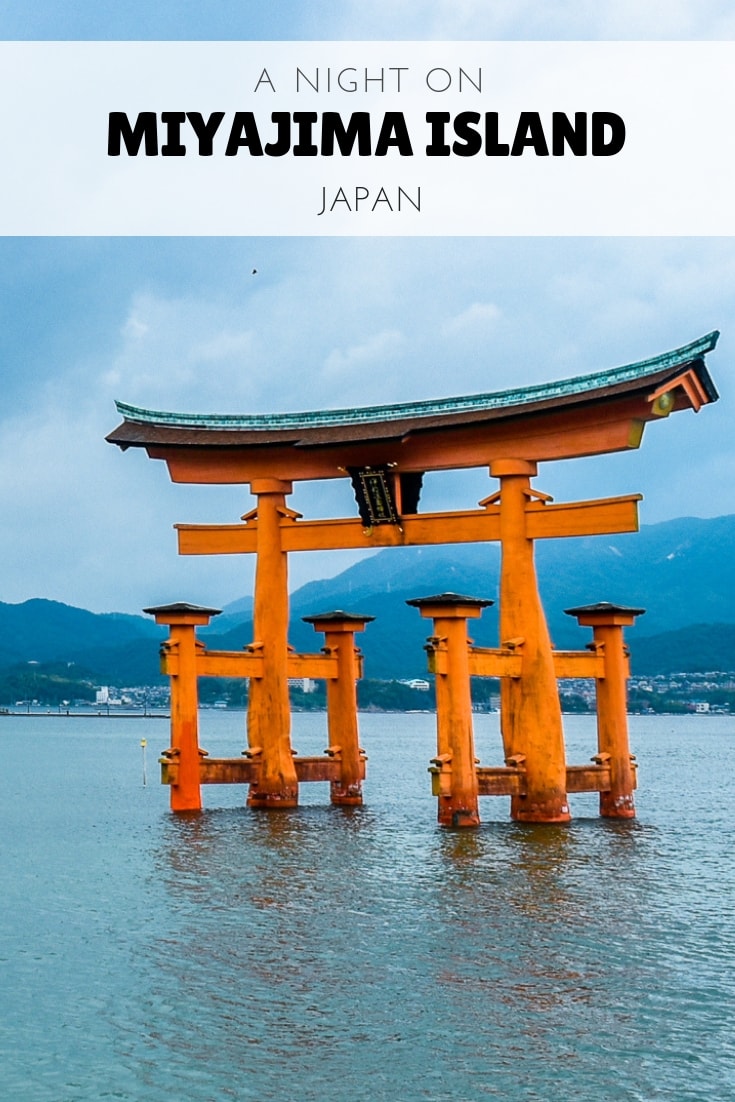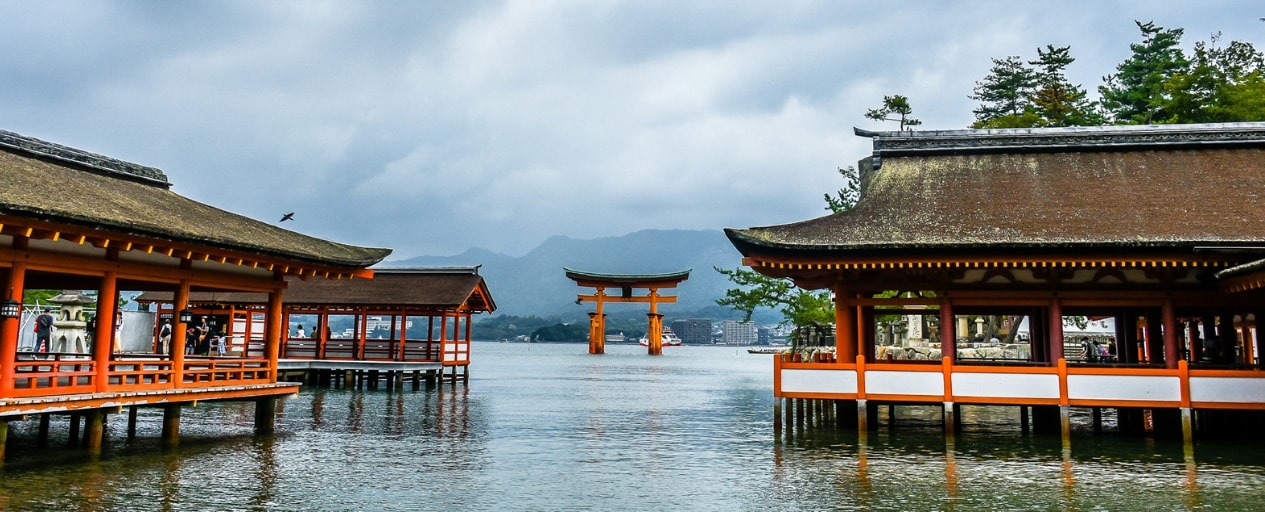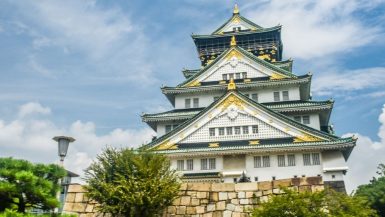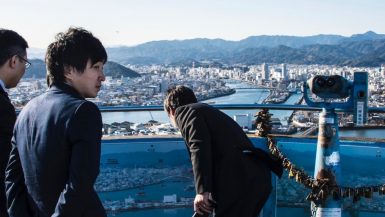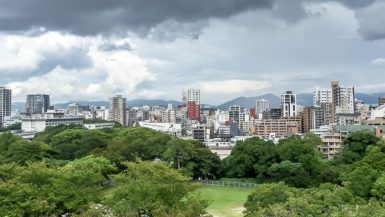Until a couple of months ago I had no intention of spending a day on Miyajima Island. But when the idea was suggested to me I instantly knew it would be a highlight of the trip. But to what extent this would be true, and the things that would make it so special would not be revealed until I actually stepped foot on the island from the Hiroshima ferry.
That morning, I woke up in Osaka just before 7 and made my way down to breakfast. The Japanese just do food so differently, to us, it’s startling to compare. I just don’t understand how you can feel like things like marinated chicken and fish, and strong flavoured dishes like that first thing in the morning. Just give me my milky cereal and I’m a happy man. Anyway, the Candeo Osaka did have a good mix though, so each morning I did go pretty hard at the fruits and the croissants, and today they also had cereal out so I had a couple of goes at that.
Anyway, this post is not about Osaka, it’s about Miyajima Island. I only had one night on the island so I was determined to make the most of it. To get to Miyajima Island from Osaka, I took two Osaka subway trains, a bullet train, a local train in Hiroshima, and a ferry. This all took just over 3.5 hours. This sounds like a lot, but one step at a time, it was quite manageable. And the time actually flew by.
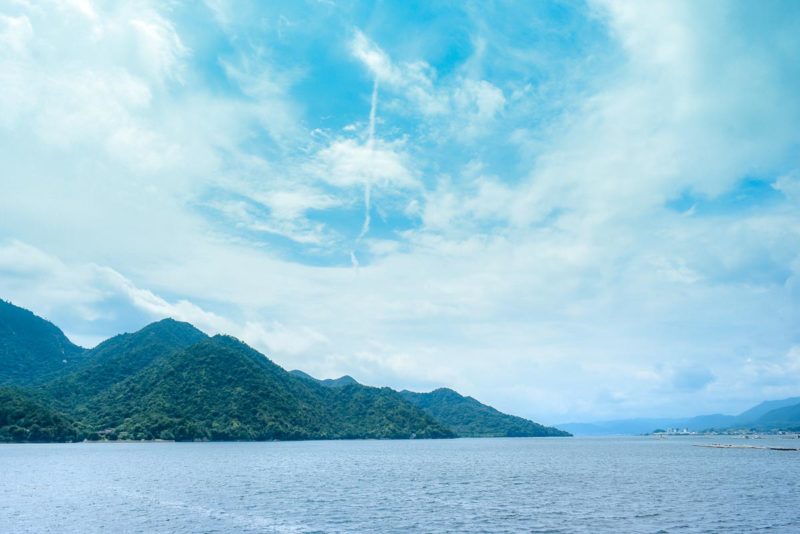
My first bullet train was a success, except I think I might have missed the memos about where to put luggage. I know there weren’t that many tourists on the train, but no one else was taking up 2 seats with their luggage and I just didn’t know where else to put mine. Thankfully the carriage was only 90% full, and not 105% full so it didn’t fully matter in the end.
I dropped my suitcase at the Iwaso Ryokan hotel around 12 or so and set out for the day’s adventure. Most people usually only take a day trip to Miyajima Island from Hiroshima but I was lucky enough to also be spending the night. Do yourself a favour and follow my lead. Stay the night. Nonetheless, there are plenty of things to do on Miyajima and as always, I made it my mission to find them.
Itsukushima Shrine and O-Torii Floating Gate
The Iwaso, is a 5-minute walk from the Itsukushima Torii gate, the famous “floating” gate just offshore. Once I’d taken the required number of photos we tourists are obliged to take, I walked through the Itsukushima Shrine for a few dollars. The Itsukushima Shrine is extremely important to the history of Miyajima Island and it’s religion. The best thing about the shrine is in my opinion, the view from the water, Mount Misen in the background, the red making a bold statement to any visitor.
The shrine looks beautiful from the outside but unless I missed something (highly likely), from the inside it seemed largely similar to a covered boardwalk on stilts above the water, painted red, with the traditional Japanese roofs. If I’m totally honest I was pretty keen to get up the mountain so I probably didn’t give it my full attention.
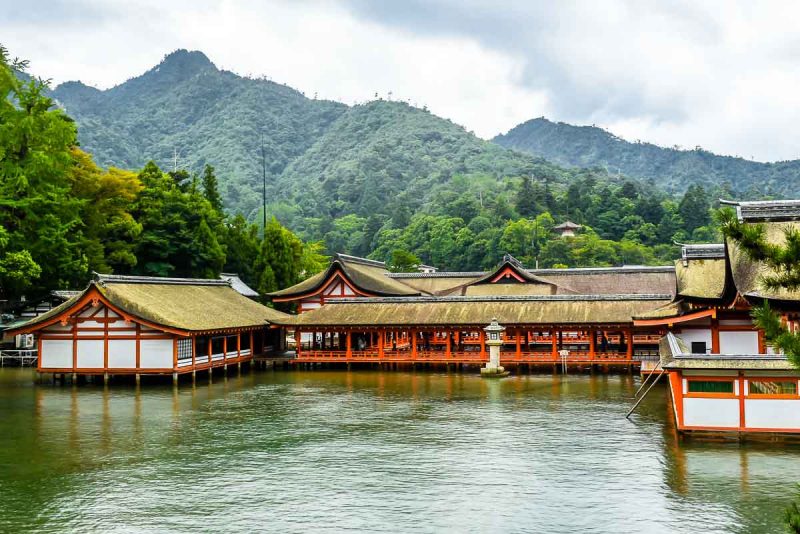
Daisho-in Temple
There are three routes up Mount Misen. An easy way, a long way, and the beautiful way. I took the latter — called the Daisho-in Course — as it was only 90 minutes estimated to the top and I don’t mind working hard for a good view. And it did not disappoint on either of those counts.
The hike begins right next to the Daisho-in temple, which is a complex of shrines of various sizes, which were interesting to see as a passing attraction, but the real deal was up that mountain. I wandered in and out of shrines, admiring the intricacies of the little statues that lined the walls, and admiring the beautiful mix of man, god and nature. Even though it’s not my God, I could appreciate the temple’s beauty. Nature has enveloped this shrine in a beautiful way with trees surrounding statues and moss covering most things. (Don’t you just love moss!?)
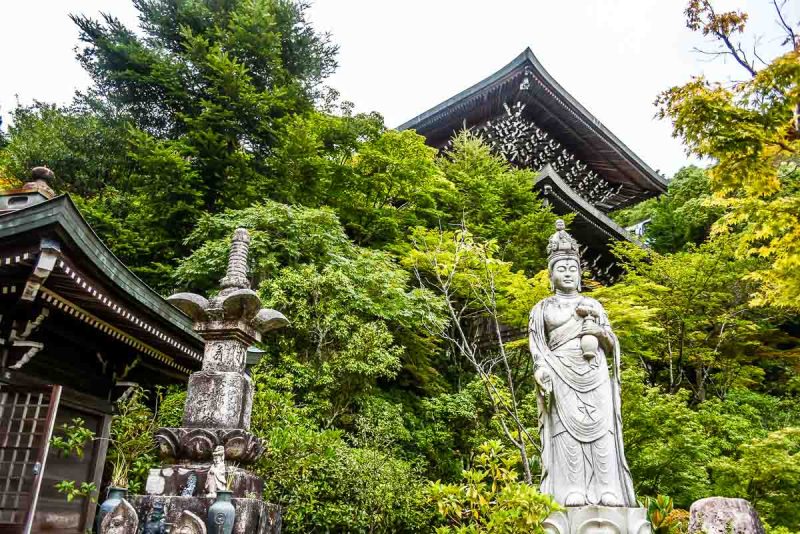
Hiking Mount Misen
The entire hike was pretty much a staircase leading up the mountain. Someone has worked very hard to bring in rocks to create this as I highly doubt these are naturally forming stairs. There was actually hardly any naturally occurring ground I walked on the entire hike. Normally I might be uneasy with this, as I like things to be as in their natural state as possible, however, the hike was pretty challenging as it was and it still looked pretty natural so I’ve decided I’m fine with it. And it’s not as if they concreted the whole thing, they just moved some rocks around.
After about zero minutes on the hike, it started to drizzle. Nothing too serious, but now I realised why the guy at the hotel offered me an umbrella: he’d looked at the weather forecast. I told him “no, thanks” because I had my hat and sunscreen. I’m just so used to the Japanese using them in the sun!
It didn’t take long to rise high enough to get a glimpse of the world beneath. Hiroshima in the distance beyond the Onoseto Strait, the Floating Torii Gate beneath me, and the mountains behind me, welcoming me to the island.
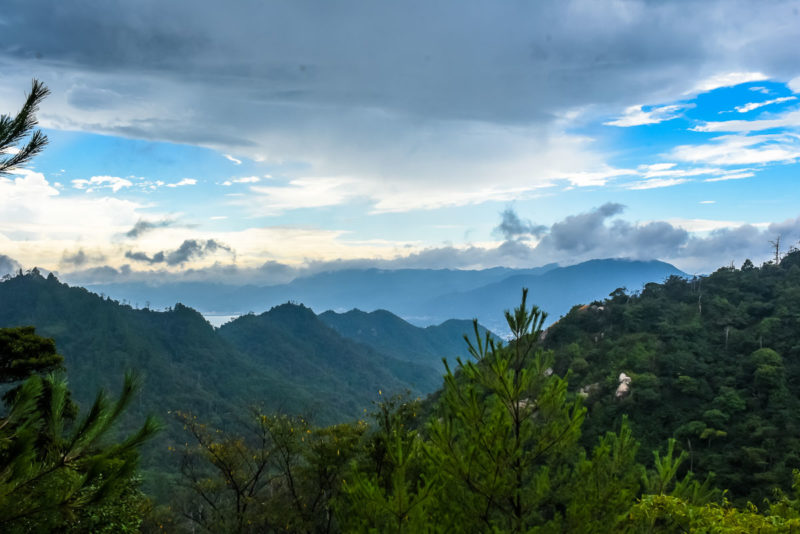
After about 70 minutes including photo stops, I reached the summit of Mount Misen, a full 20 minutes ahead of the expected 90 minutes by the sign, (he said with this chest puffed out). The view from the top was majestic. Hiroshima was obviously close by on the west, then Nomi Island and Etajima were off to the east, but I think my favourite side was actually out towards Atata Island in the south (thanks Google Maps!). It was a pretty overcast day so maybe the clouds were just doing something fun.
To complete my My Misen experience (and because I needed a rest) I wanted to take the cable car down. The cable car sounds like it’s the way up for the unfit person who doesn’t like hiking, but this is only a half-truth. It’s about a 20-minute walk to get to the base station, and once you get to the top station, it’s still another 20-30 minute walk to the summit. (I mean, you’re building the cable car anyway, just make it go a little further, he said probably naïvely).
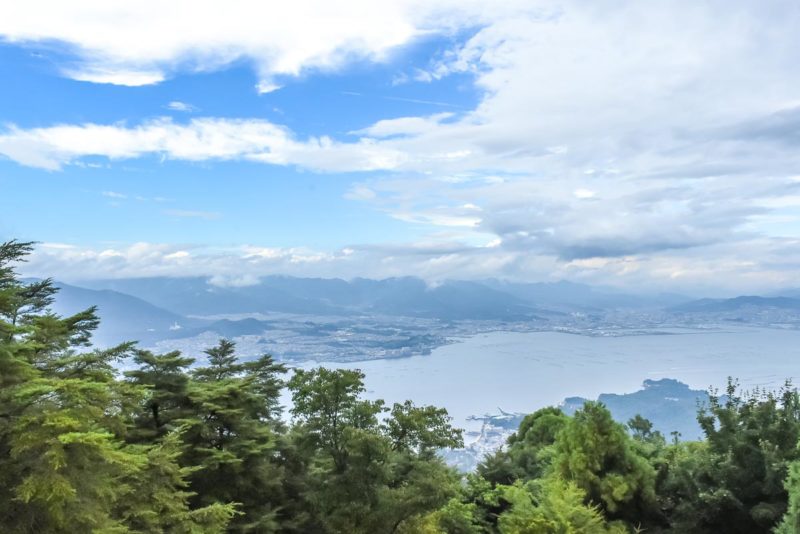
The observatory at the summit of the mountain is remarkably simple. Since there’s a cable car, I was sort of expecting a bit of a restaurant situation, maybe a place to buy an Asahi or three. But to my surprise, it was just a multi-story viewing deck. This was, of course, more than fine with me. In fact it was preferable because it was unpretentious. It didn’t encourage iPad wielding tourists or loud tour groups, and above all, it was peaceful and natural. It also lifted you above the trees so you could actually see what’s going on down there.
Finding deer on Miyajima
I was surprised at the lack of deer on the way up. Everyone told me how many deer there are on the island (400-700 by the way and it’s not a large island), and I saw quite a few when I got off the ferry, but none on the way up the mountain. But then on the way to the cable car, one literally crossed my path. Deer scare pretty easily so you don’t want to make any sudden movements. I took a couple of snaps and as I edged closer he slowly moved off the path.
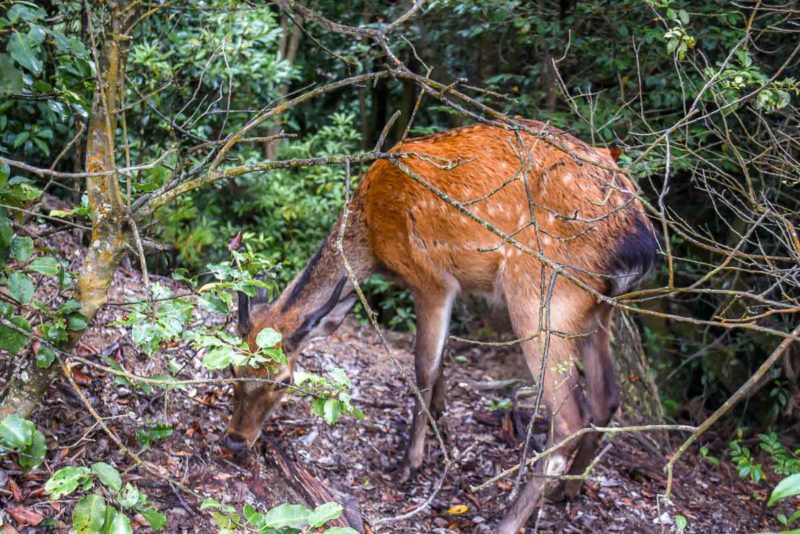
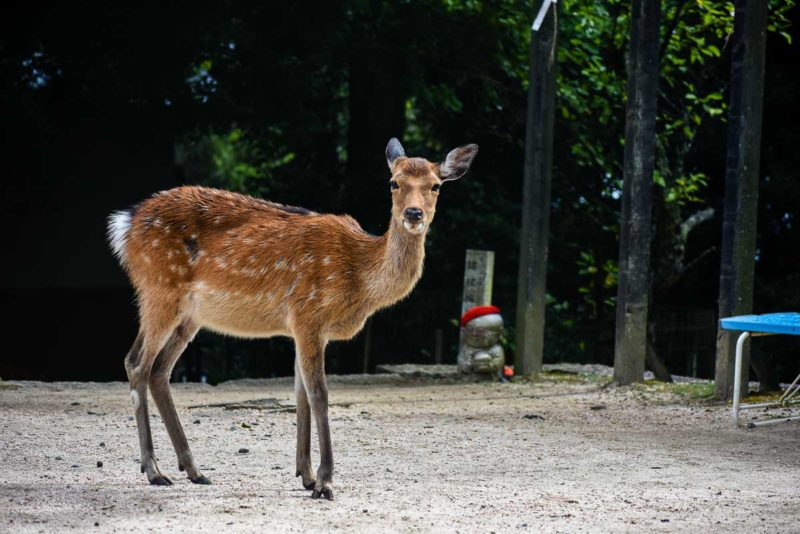
Miyajima Island Ropeway
On the way down, I lamented the fact that I have lugged my film camera around for the past 4 days in Japan and it has not moved from its pouch in my camera bag. To rectify that, on the way down I took 4 photos on it to make up for it. It was a pretty spectacular ride so I don’t mind using them up. And besides, I want to use at least one full roll this so I can develop it as soon as I get home.
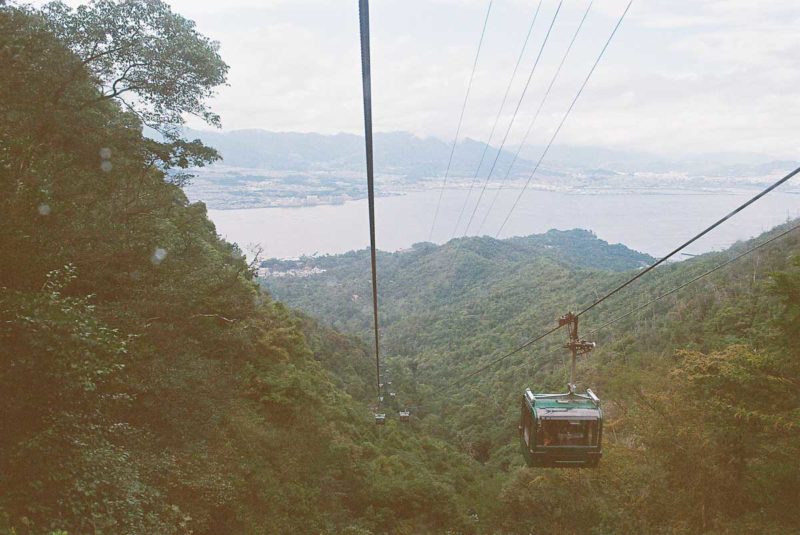
It was a beautiful ride down the mountain, and I got a cable car all to myself because it wasn’t busy. I had free reign to get my Instagrammer on.
Momijidani Park
At the bottom of the ropeway, it was a lovely 10-minute walk down the hill through Momijidani Park to the hotel and rather easy to find. If you’re coming for a day trip or staying on the island it’d a be a great place to bring a picnic lunch as there are tables set up, deer roaming, and it is set amongst the trees. It would just be bliss. I didn’t bring a picnic lunch, but I enjoyed it in passing.
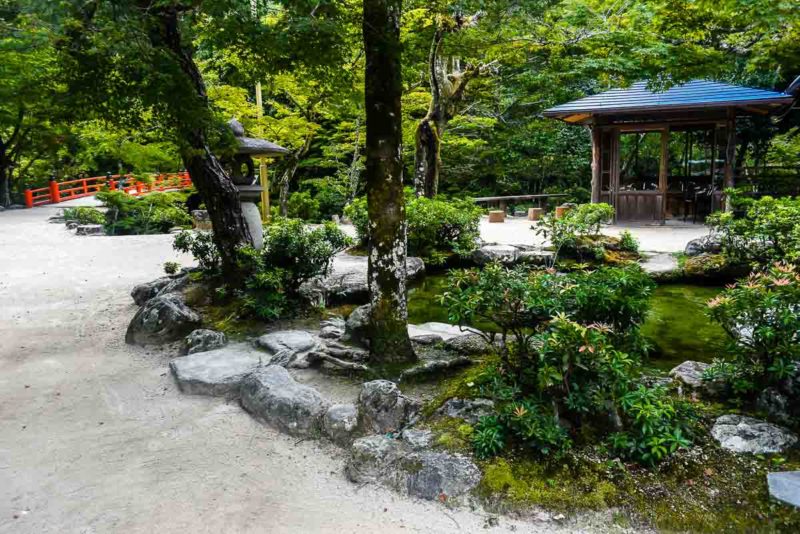
Stay at a Traditional Miyajima Ryokan
I checked into my room at the Iwaso and wow, I have never seen a hotel room like this one. It isn’t lavish, it isn’t huge, it isn’t even absurdly luxurious, but it is quintessentially Japanese. The staff member guiding me opened the sliding door to the room to reveal a fairly small space, maybe 4metres by 4 metres. The room had matted reed floors, a low table in the centre, a small TV in the corner and a 1960s rotary dial phone. To the back of the room was a pair of sliding doors lined with wallpaper which hid a set of table and chairs and a wash basin.
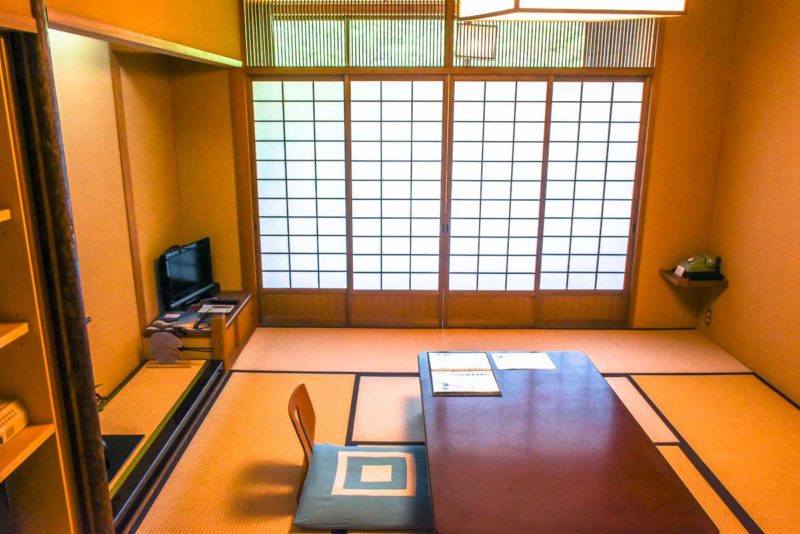
You may have noticed a notable absence from the room. I did too. When there were no more doors to open I began to wonder “hmmm, so where (or how) do I sleep?” That question was soon answered when I slid open another cupboard door near the entrance (behind where I took this photo) revealing some mattresses that resemble those you’d pull off your couch when your mate crashes. Everything about the room silently screamed Japan.
In fact, I later learnt that inns like this are called Ryokans, and have been around since the 8th century. What I experienced sounds like a pretty typical ryokan experience.
Sunset Cruise to the Floating Torii
I got settled and video called my family back home since it was my birthday, then perused the welcome booklet. I noticed there was a night cruise activity you can do see the Torii Gate lit up. At only 1600 yen this sounded pretty cool and decent value. After all, I do love a good boat ride. I opted for the sunset cruise which left in 45 minutes at 6 pm.
So I changed, grabbed my camera, and set off downstairs for the shuttle to take me there. The narrator began the trip by apologising that the commentary is only in Japanese. This was fine to me, not that there was much I could do about it anyway.
The ferry terminal was not far from the Floating Gate at all so it was probably a 3-minute boat ride there, then we hovered about for 20 minutes or so. It was now really low tide which meant that people could actually walk out on the waterbed where the gate sits and walk right up to it. This spot was obviously chosen for this reason so you can build it in low tide but then at high tide, it looks like it’s floating and you could bring a (small) boat through it (you know, like a gate).
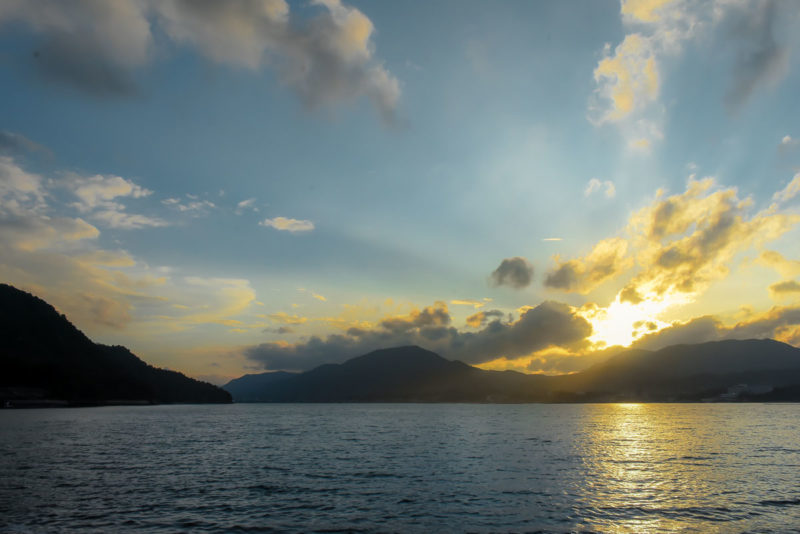
Hug the Floating Torii at Low Tide
On the way back from the cruise, I asked the driver (via Google translate) if there was anywhere in town I could stop and buy some beer, or do we need to go back and get another passenger? He said no, and I thought he meant no there was nowhere to buy beer. This might be true — the shops were in fact mostly shut because the day trippers had left — but then we got to where all the people were looking at the Gate and he stopped. He was really friendly, he said let’s get out and we’ll take some pictures (in much fewer English words).
I walked out on to the wet sand and lined up a nice distant, symmetrical photo of the gate, doing my best to crop out the many others trying to do the same. I then noticed he appeared down on the sand and he said: ”I’ll take your picture”. He made me do a lame pose and then one hugging a post to demonstrate how huge it is (it’s deceptively huge FYI). Once I had the camera back, I got some shots I was really happy with on the other side looking back towards the island, as well as a few looking right up through it. The driver tried his darnedest to explain that on the Gate there are two signs, one saying Itsukushima, one saying something similar but different. I really wanted to understand but the language barrier was just too high.
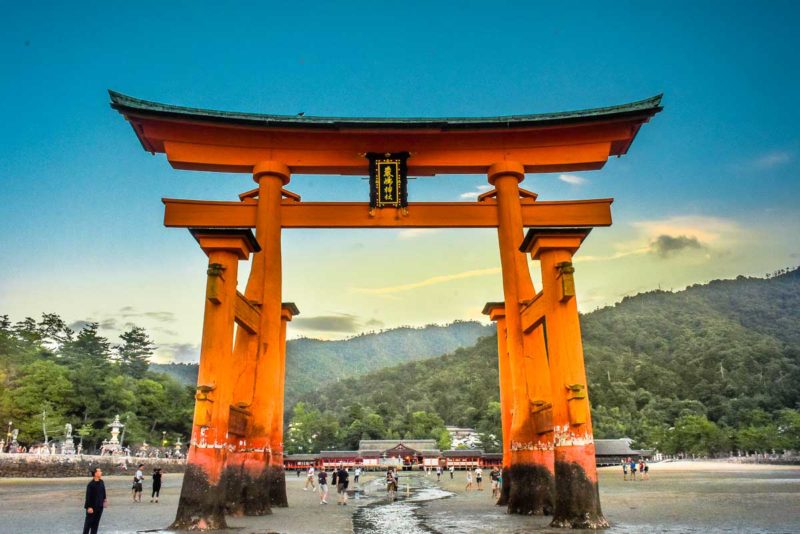
Traditional Japanese Dinner at Iwaso Ryokan
I arrived back just in time for dinner. As I mentioned, I’d booked dinner for 7:00 and was told this will be served in my room, sitting on the floor, my legs origami under the table. When my first three entrees were delivered, I knew I was in for a treat.
20 minutes after the girl had delivered my entree, she returned with a main of grilled Japanese beef followed by a fried prawn dumpling, then Yubatomoeao style Koebi prawn, and then a sticky conger eel. It was a phenomenal meal full of delicacies I’d mostly never tried and a handful of foods I had to ask what they were (I kept the menu to help with the above names). The meal finished with a Japanese dessert, Ammitsu, which is a kind of jelly, served with red bean paste and fruits. Like many things I’ve tried in Japan, it was a bit weird but most enjoyable.
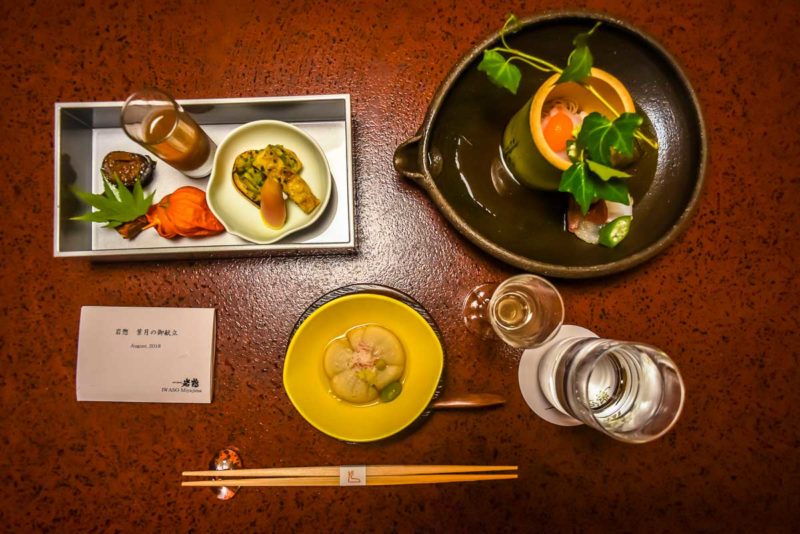
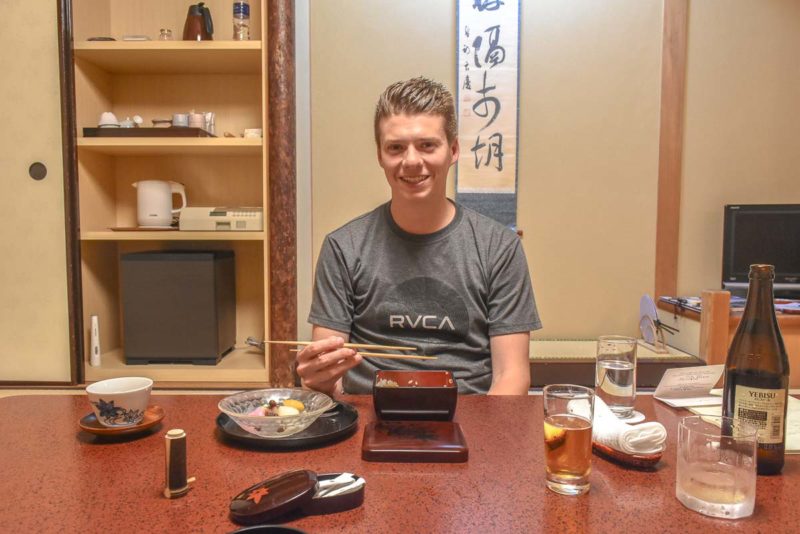
The whole experience at Iwaso was completely foreign to me but genuinely felt like one of the most authentic cultural experiences I’ve ever had. After the meal, two ladies from housekeeping came in and set up my bed. It took them a whole 2 minutes — it doesn’t take look to throw together a floor mattress, sheet, and duvet.
In the morning, breakfast was in the dining room downstairs, but still at a set time. Part of the breakfast was delivered on a tray (more unknown, delicious foods) and part of it, the things that were more familiar to me were served on a buffet. This was a happy balance to me because once I’d finished the Japanese foods, there was still plenty more room for hash browns, bacon and croissants. I mean, I love the cultural experience but I still want to load up on grease and butter before a big day of travelling, because today I’m heading to Fukuoka!
But that story will have to wait until next time. If you’re keen to continue following the #squadSQ story, make sure you subscribe below or follow Backstreet Nomad on Facebook.
All flights, transport and accommodation were provided by Singapore Airlines in association with Visit Japan but the fun I describe is 100% real and genuine.
Did you enjoy this post?
Plenty more where that came from. Make sure to sign up for the mailing list to never miss the next one.
Want to save this for later? Pin these, just hover.
